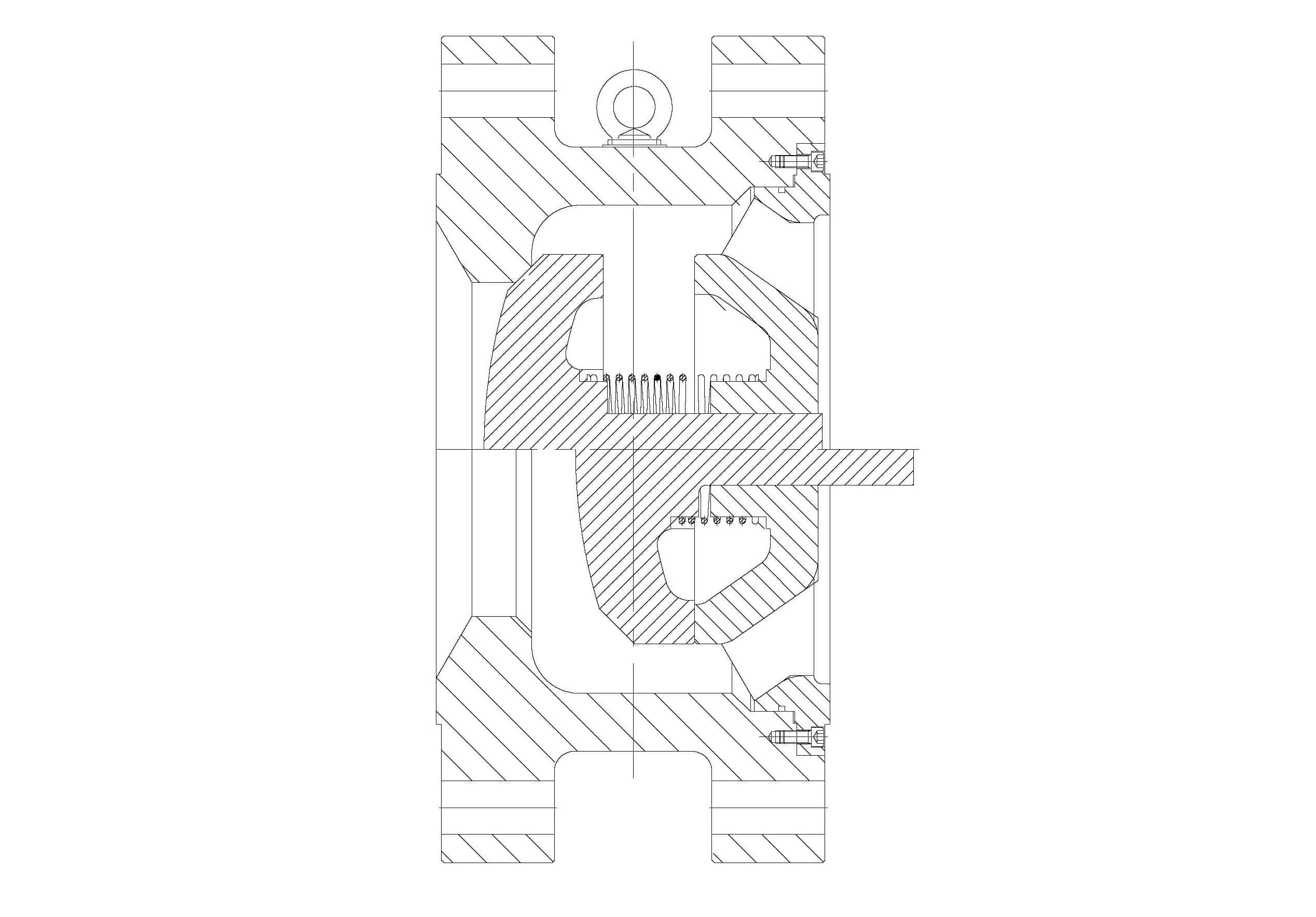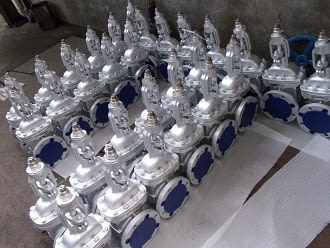Everything You Need To Know About These Valves
Before knowing the different types of parts of valves, let us make it clear that what are valves? So, basically, valves are the mechanical devices used to control the flow and pressure in a system.
These are crucial parts or components of a piping system that includes the flow of liquids, gases, vapors or slurries, etc. Its basic function is to start or stop, increase or decrease the flow and control the direction of flow, relieve a pipe system of a certain pressure, etc. There are different types of valves listed below
1. Non-slam check valve: Non-slam check valves are clear by its name; these valves close without slamming, which further means that no excess pressure spikes are created. The disc of a non-slam check valve has an internal spring opposing the opening fluid flow pressure. The swing check valve closes abruptly due to gravity that leads to pressure surge resulting in shockwaves, and further, these waves cause severe stress on the piping system. This can only be sorted by installing a non-slam type check valve. This valve donor relies on gravity. As the upstream velocity of the fluids slows, the spring helps the valve start to close the disc.

2.Next coming to GLOBE VALVES- Globe valves refers to such a valve which is used for regulation of flow in a pipeline consisting of a movable plug or disc elements in a stationary ring seat in a spherical body. It got its name from its shape. Globe valve are widely used in plant piping and are suitable for manual as well as automatic operation.
It can also be used for regulating the flow or pressure or complete shutoff of flow. Typically automated globe valve uses smooth stems rather than threaded and is opened and closed by an actuator assembly.
3.Moving on to our next type of valve -the Bellow valve is a gate valve that uses a cylindrical metal bellows to seal the valve against stem the last leakage hermetically. This valve has a complex structure and is a type of control valve stem sealing parts of the bellow seal valves. On the other hand, it prevents fluids from leaking to the air and guarantees zero leakage of pipelines. Besides, in metallurgy, different kinds of bellows are used, box bellows- were traditionally used in east Asia, and Pot bellows- were used in ancient Egypt.
4. Further, it comes to our last type of valve that is a swing check valve. A swing check valve consists of a disc that mounts on its and swings on a hinge or shaft. The disc swings and allows forward flow. When the flow gets stopped, the disc comes back to its place to block reverse flow. Generally, swing check valves are installed where personnel is present.
A swing check valve, also known as a tilting disc check valve, is a type of check valve in which the disc moves to block the flow. It swings on a hinge, and it either swings onto the seat to stop the reverse flow or off the seat to allow the forward flow of liquid or gas.
Valves And Their Importance In The Industry
Within the universe of one of important thing that is used an installation, they are Gate Valve. When you think about them, the following basic questions arise:

- What is the valve?
- Why should you use it?
- When should its use be made present?
- How do you install it?
- Where should it be placed?
- Who regulates its design, manufacture, standards, materials, installation, pressure, temperature, etc.?
These questions will be answered briefly but offering the means to delve into each subtopic. Let us begin.
What is the valve?
You understand the mechanism as a set of elements that lead to an end through the transformation of the input energy they receive non slam check valve. These elements can be mechanical, electrical, electronic, pneumatic, etc. resulting in many valve types.
Why and when should you use them?
Some of the causes that lead you to require the use of a valve could be the following:
- There is interest in that the inflow to equipment can be closed or opened in time.
- A certain process requires that the fluid that enters is variable according to certain conditions.
- The entry and exit speed must be different between the two points.
- You require having absence of flow in some parts of the system to give maintenance or others.
- You want to increase or decrease the pressure between two points.
However, the main basis is the variability in the state of the flow entering and leaving the system.
You must use them when variable conditions are required over time and related to the fluid that we handle in the system. “
How is a valve installed, and where should it be placed?
The installation of a valve is variable and depends on the type of valve. Each supplier has its technical specifications that guarantee the correct installation and operation of these instruments. It is correct to seek advice and leave the installation of valves in the hands of someone trained. However, some general considerations will be described below:
Some valves in your installation will require the use of flanges, while others may be welded. As a general criterion, a valve being a control element must not be installed where control cannot be exercised. That is, if you install the valve in an inaccessible place where no one can manipulate it, then the control you have over your process will be restricted by the location of the valve. Another element to consider is the maintenance or future replacement of the valve. If you leave the valve fully fixed without the possibility of being removed, you will be limiting maintenance work and process improvement, causing more problems than solutions.
Considering the technical specifications of the valve will prevent the instrument from being damaged prematurely, respecting the safety and health regulations also contributes to the correct installation and operation of the valve. You must make sure that before starting the valve, its assembly is correct; this means that the shafts are perfectly aligned, otherwise it may cause serious mechanical problems in it.